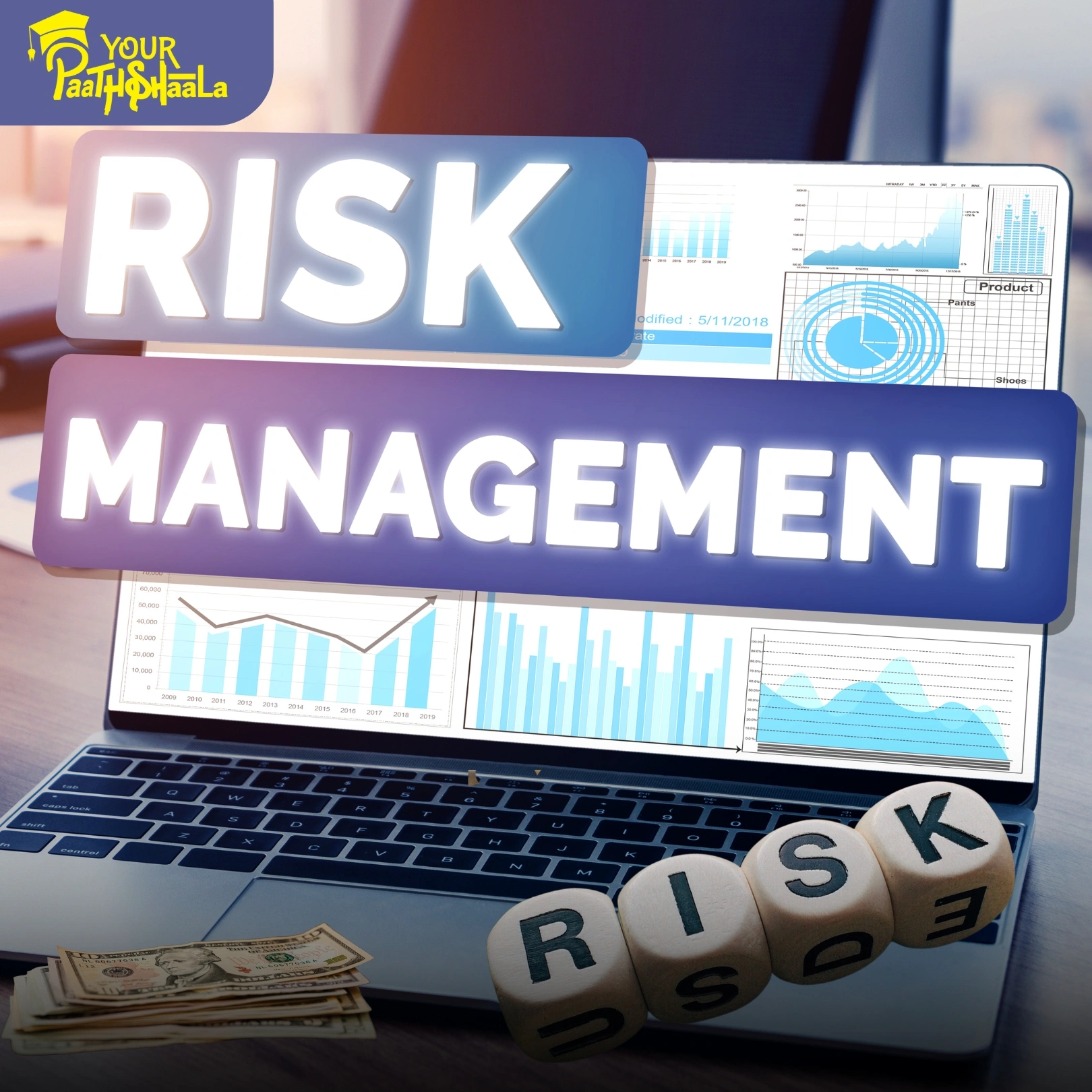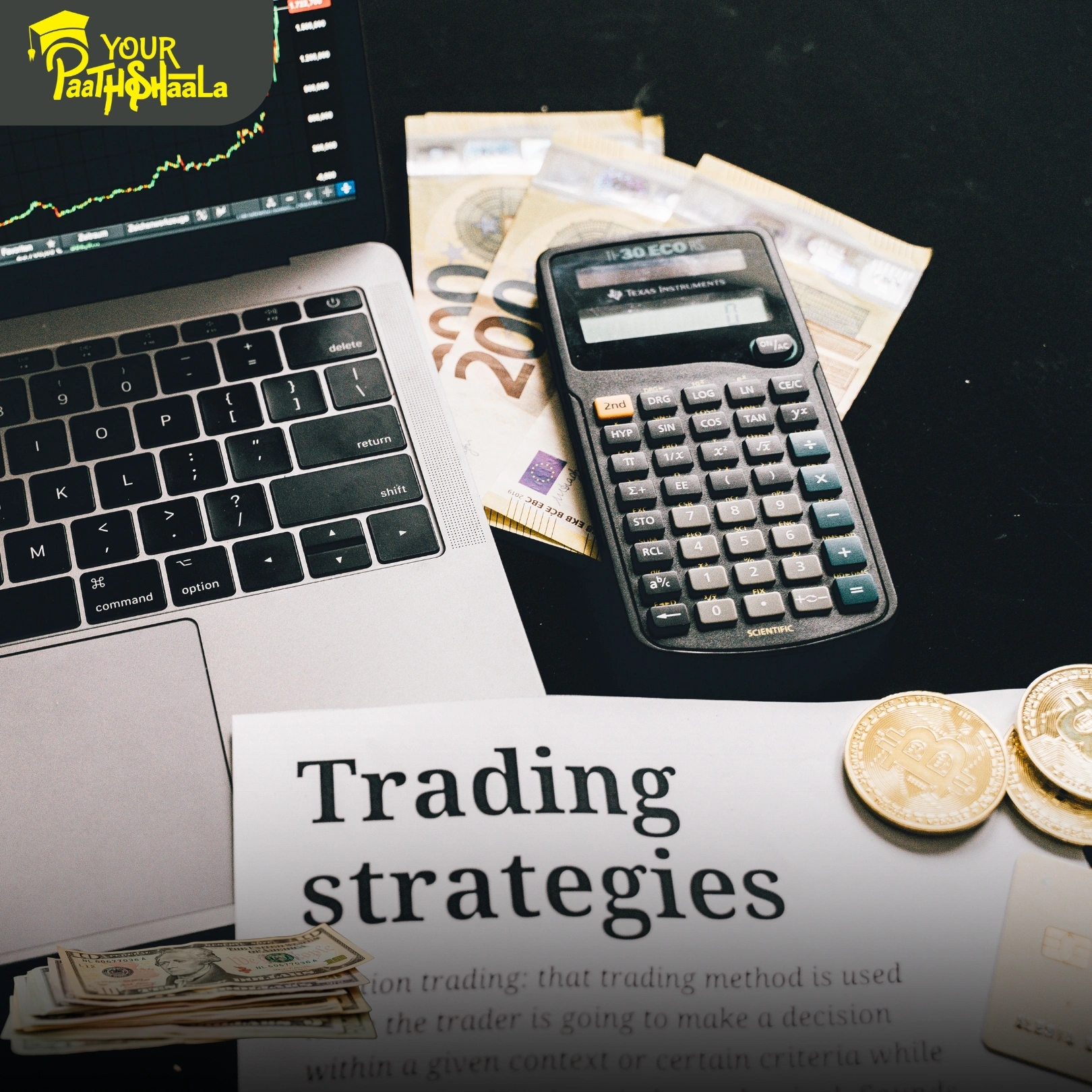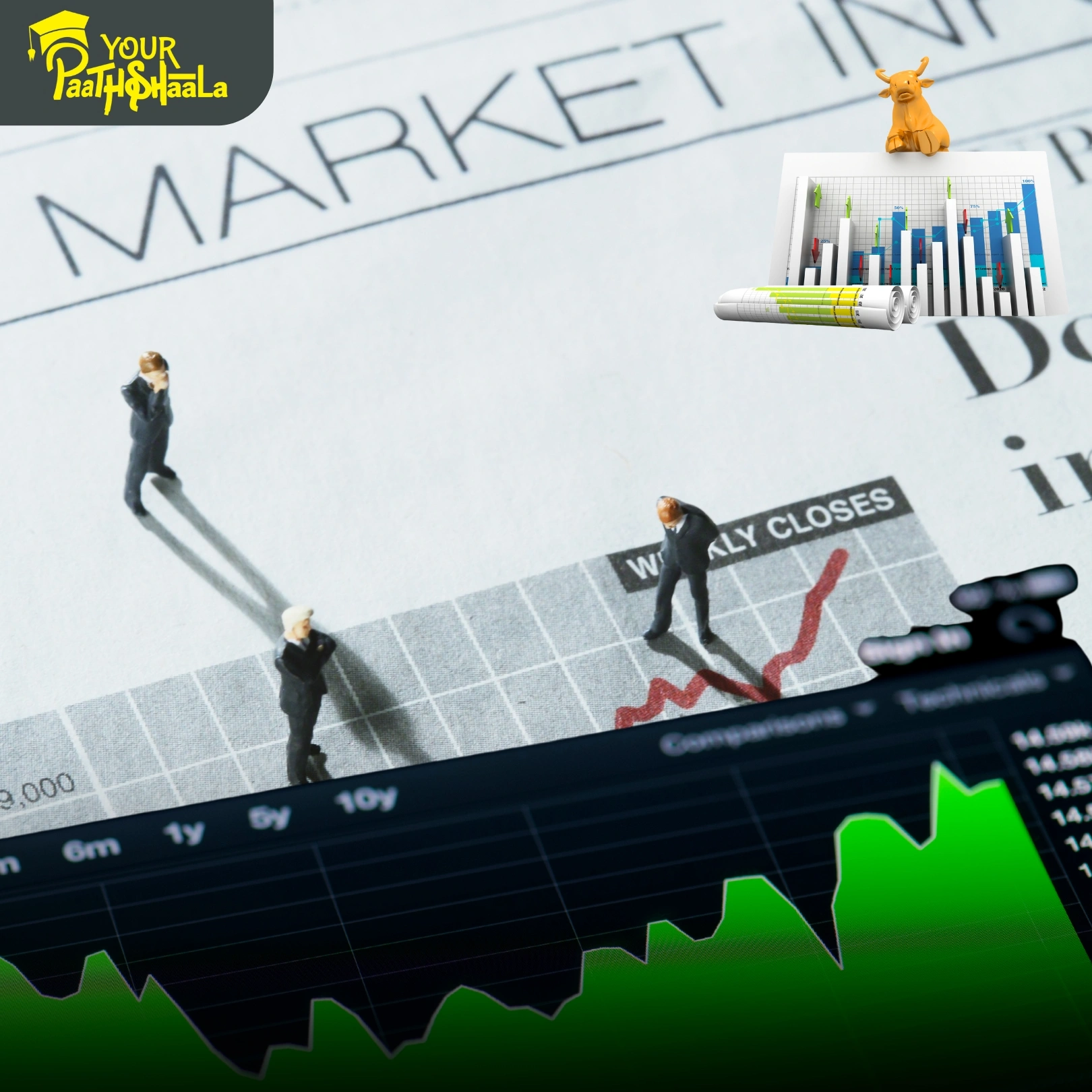Understanding Market Cap: What It Means for Investors, Company Size, and Risk
When you start exploring the world of investing, one term you’ll hear often is “market cap.” Short for market capitalization, this simple number tells you how much a company is worth in the eyes of the market. But understanding market cap is about more than just knowing a formula—it’s about using this information to compare companies, manage risk, and make smarter investment decisions.
This blog will break down what market cap means, how it’s calculated, and why it matters for every investor. We’ll also look at the different types of companies based on market cap and how this metric can help shape your investment strategy. Let’s dive into the basics of understanding market cap in easy, clear language.
What Is Market Cap?
Market capitalization, or “market cap,” is the total value of a company’s outstanding shares of stock. In simple terms, it’s what the market thinks a company is worth right now156. Investors use market cap to quickly compare the size of different companies, regardless of their share price or how many shares they have.
How to Calculate Market Cap
The formula for market cap is straightforward:
Market Cap=Share Price×Total Outstanding SharesMarket Cap=Share Price×Total Outstanding Shares
For example, if a company’s share price is ₹100 and it has 10 million shares outstanding, its market cap is ₹1 billion157. If the share price rises or falls, the market cap changes too.
Example Calculation:
Company A: 5 million shares × ₹200 per share = ₹1 billion market cap
Company B: 20 million shares × ₹50 per share = ₹1 billion market cap
Even though Company A’s share price is higher, both companies are valued the same by the market.
Why Is Market Cap Important?
1. Measures Company Size
Market cap is a quick and easy way to compare the size of companies. It gives you a sense of how big or small a business is, which can affect its stability, growth potential, and risk123456.
2. Helps Classify Companies
Companies are grouped by market cap into three main categories: small-cap, mid-cap, and large-cap. This classification helps investors understand the company’s stage of growth and risk level246.
3. Guides Investment Decisions
Knowing a company’s market cap helps investors decide if it fits their investment goals. For example, some investors look for the steady returns of large-cap companies, while others seek the high growth potential (and higher risk) of small-cap stocks2356.
4. Indicates Risk and Stability
Generally, larger companies with higher market caps are seen as more stable and less risky. Smaller companies can offer bigger rewards, but they also come with higher risks356.
Types of Market Cap: Small-Cap, Mid-Cap, and Large-Cap
Understanding market cap also means knowing how companies are grouped by size. Here’s a simple breakdown246:
| Category | Market Cap Range | Typical Features | Examples |
|---|---|---|---|
| Large-Cap | Over $10 billion | Stable, well-known, less risky, steady growth | Apple, Microsoft, Amazon |
| Mid-Cap | $2 billion to $10 billion | Balance of growth and stability, moderate risk | Dropbox, U-Haul, Roku |
| Small-Cap | $300 million to $2 billion | High growth potential, more volatile, higher risk | Chegg, Sunpower Corp |
Note: The exact numbers may vary by country or index, but the idea is the same everywhere.
How Market Cap Changes
Market cap isn’t fixed—it changes as the company’s share price goes up or down. If a company issues more shares or buys back shares, that also affects its market cap17.
For example, if a company’s share price jumps after a good earnings report, its market cap will increase. If the price falls, the market cap drops too. This makes market cap a real-time measure of what investors think the company is worth.
Market Cap vs. Share Price
It’s easy to confuse a company’s share price with its market cap, but they are very different:
Share price is the cost of one share.
Market cap is the total value of all shares combined.
A company with a low share price can still have a high market cap if it has many shares. Likewise, a company with a high share price might have a low market cap if it has fewer shares17.
Why Do Investors Care About Market Cap?
1. Comparing Companies
Market cap lets you compare companies of different sizes, even if their share prices are very different. This helps you see which companies are big players and which are just starting out1246.
2. Assessing Risk
Large-cap companies are often established, with steady profits and less risk.
Mid-cap companies offer a mix of growth and stability.
Small-cap companies can grow quickly but are more likely to face ups and downs2356.
3. Building a Diversified Portfolio
Many investors use market cap to balance their portfolios. By investing in a mix of large, mid, and small-cap stocks, you can spread your risk and aim for better returns over time56.
Market Cap and Investment Strategies
Large-Cap Stocks
Pros: More stable, often pay dividends, less risky.
Cons: Slower growth, less chance for big gains.
Mid-Cap Stocks
Pros: Good balance of growth and stability, potential for higher returns than large-caps.
Cons: More risk than large-caps, but less than small-caps.
Small-Cap Stocks
Pros: Big growth potential, can deliver high returns.
Cons: Higher risk, more sensitive to market swings, may not survive tough times2346.
Market Cap and Company Stability
Market cap can also hint at how stable a company is. Large-cap companies usually have more resources to survive bad years, while small-cap companies might struggle in tough times. That’s why market cap is often used as a shortcut for stability and risk356.
Other Things to Consider Alongside Market Cap
Market cap is a great starting point, but it’s not the only thing to look at. Smart investors also check:
Earnings (how much profit the company makes)
Debt (how much the company owes)
Growth rate (how fast the company is growing)
Industry trends (what’s happening in the company’s sector)
By combining market cap with these other factors, you get a better picture of whether a company is a good investment6.
Market Cap in Real Life: IPOs and Mergers
When a company goes public (IPO), its market cap is set based on the price of its first shares and the number of shares offered. Investment banks help set this price using different valuation methods1.
In mergers and acquisitions, market cap helps buyers decide if a company is worth buying and at what price1.
Common Questions About Market Cap
Does a higher market cap mean a better company?
Not always. A higher market cap means the company is bigger, but it doesn’t always mean it’s a better investment. Sometimes small companies can grow faster and deliver bigger returns, but they are also riskier2356.
Can market cap change quickly?
Yes. Market cap can change every day as the share price moves up or down. Big news, earnings reports, or changes in the economy can all affect a company’s market cap17.
Is market cap the same as company value?
Market cap is a good estimate of what the market thinks a company is worth, but it doesn’t include things like debt or cash on hand. For a deeper look at value, investors also use metrics like enterprise value (EV)6.
Conclusion
Understanding market cap is one of the most important steps in becoming a smart investor. Market cap tells you how big a company is, helps you compare different companies, and gives you clues about risk and stability. By knowing the difference between small-cap, mid-cap, and large-cap stocks, you can make better decisions and build a stronger portfolio.
Remember, market cap is just one piece of the puzzle. Use it along with other financial information to make the best investment choices for your goals and risk level. Whether you’re just starting out or looking to refine your strategy, understanding market cap will help you invest with confidence.
Understanding market cap is your gateway to smarter investing—use it wisely to compare company size, manage risk, and build a portfolio that matches your goals.







